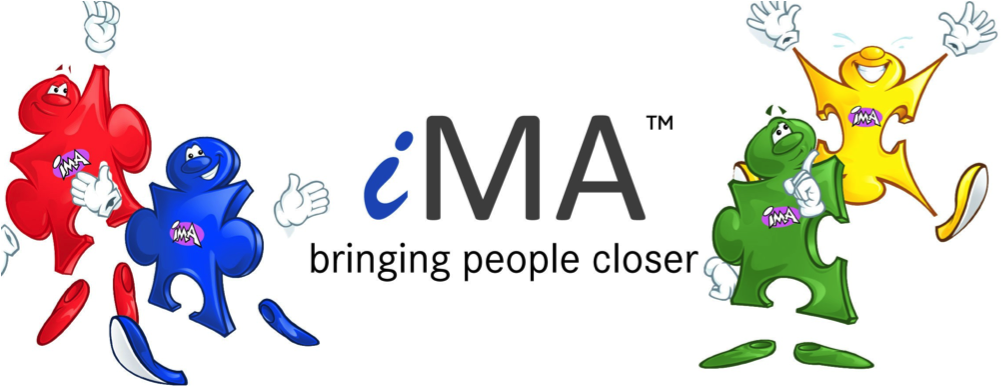Learn how to structure a presentation for maximum audience engagement. Discover the perfect flow, from opening hook to impactful close, that keeps people listening.
If you want to take your presentation and public speaking skills to the next level, check out Ashley Boroda’s public speaking courses in London.
What Makes a Truly Engaging Presenter?
Who consistently delivers impactful, engaging and memorable presentations? Is it tech bros at the launch of a new product? Is it self-help gurus at the launch of their new book, perhaps it is academics or business leaders delivery a TED Talk?
I would say that it is a mixed bag certainly when it comes to consistency. In my view the people who deliver with consistently with impact and engage their audiences are none of the aforementioned; the group that can do it and do it well are stand-up comedians.
What Business Presenters Can Learn from Stand-Up Comedians
- Stand-up comedians stand alone on stage, which they own with their presence, gibe their audience a strong message through stories and jokes, interact directly with the audience and always have a strong begin and ending.
- They perform, for the most part, the very same routine night after night. The same words in the same order, with the same pauses, the same body movements and facial expressions. And, for the most part, it works night after night, delighting their audiences and achieving their desired outcome. It is a well written, well worked and well-rehearsed routine landing with the audiences time and time again.
- The structure is key, very best jokes at the top, next best set of jokes at the end, anything which could be considered risqué and lesser jokes in the middle of the set.
Business or work presentations should follow the very same structure, and like the stand-ups it should be just the presenter with their learned script delivering a high-quality talk to the target audience which ends being a win or both the presenter and those listening.
Why Structure Matters
Even great ideas can fall flat if they’re not delivered in the right way. A clear, engaging presentation structure gives your message momentum — guiding your audience from curiosity to conviction. Whether you’re pitching an idea, teaching a concept, or inspiring action, structure is what turns information into impact.
Think in three parts:
- Think about your beginning (not just an introduction but a very impactful statement to make the audience sit up and take note).
- Your middle contains most of the detail of your presentation. Continue to make it engaging and interact with the audience, ask them questions to get them involved and hold their attention.
- Your end needs to ensure that you and your message are memorable and repeatable.
The 5-Step Structure for an Engaging Presentation
1. Start Strong: Hook Their Attention
Your opening moments decide whether people lean in or tune out.
Start with:
- A surprising fact or statistic
- A powerful story
- A bold statement.
This instantly signals relevance and value.
2. Set the Scene: Define the Purpose.
Once you have their attention, clarify why the topic matters.
- What problem are you solving?
- Why should they care?
- What’s at stake if they don’t act?
This section creates emotional connection — the reason your audience should stay invested.
3. Deliver Value: The Core Message
This is the heart of your presentation. Organise it around three key points. We humans like list of three (three musketeers (even though there were four); three little pigs, three men in a boat). The rule of three is also a well walked comedy device.
- Introduce the idea.
- Support it with a strong story which provides evidence and context.
- Show how it benefits the audience.
This keeps your delivery smooth and audience-oriented.
4. Engage Through Interaction
Don’t let your presentation become a monologue. Keep energy high by inviting participation:
- Ask rhetorical and live questions. When using a live question, ask it to a specific member of the audience, so that you are not only involving them in the process, the rest of the audience will be alert in case you ask them a question.
- Use hands-up checks. These are quick and easy and everyone is happy to participate.
- Encourage brief discussion or reflection. Allow for any one at any time to ask you a question.
Engagement turns passive listeners into active participants — and helps your message stick.
5. End Powerfully: The Call to Action
Your closing moments need to have impact. Provide a summary of what you have spoken about and ask the audience for affirmation by asking them a collective question or two and get them to all call out the answer.
- Summarise your three key points
- Reinforce the main takeaway
- End with a memorable quote or mantra.
Bonus Presentation Tips
- Vary your pace and tone: Keeps attention levels high.
- Use visuals wisely: Avoid slides at all cost. Use unusual props and write on a whiteboard or flip chart, where the audience can see you writing it down in real time. This helps them to remember more.
- Tell stories: People remember stories!!
- Pause for effect: Silence can be powerful — it gives key ideas time to land.
- Cause a reaction: Force the audience to think differently, acquire some revolutionary knowledge and give them something to tell others about.
The Takeaway: Structure + Story = Impact
An engaging presentation doesn’t happen by chance. It’s built on structure, strategy, and storytelling:
- Always Tell Stories
- Always Cause a Reaction
- Never Use Slides
By opening with impact, delivering value, and closing with purpose, you’ll move beyond simply presenting information— you’ll create an experience your audience remembers.
Because in the end, it’s not what you say that matters most.
It’s what your audience feels and does after they hear it.
Sharpen your delivery and master audience engagement with presentation skills training in London




